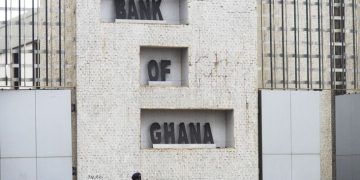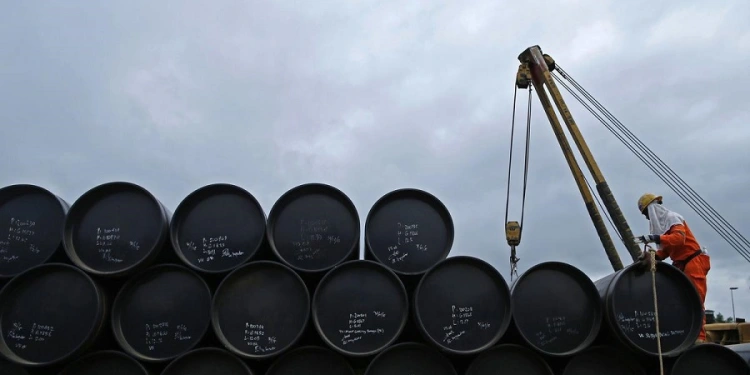Surging non-OPEC+ oil production and significant storage space held by the OPEC+ group will continue to put downward pressure on crude oil prices next year, analysts say.
Barring a major geopolitical escalation resulting in a large supply outage—which cannot be discounted—, oil prices are unlikely to reach $100 a barrel in 2024 as American oil production and exports are rising faster and higher than expected, and market sentiment about demand is downbeat, especially for the first half of 2024.
With its latest announced cuts for the first quarter of 2024, the OPEC+ alliance is trying to keep tight control over the global oil supply. But the group faces record-breaking U.S. oil production and rising supply from other non-OPEC+ producers, including Brazil, Guyana, Canada, and Norway. Brazil has been invited to be part of OPEC+ starting in January 2024, but it has already said that it would not take part in any production cuts.
OPEC+ is trying to keep a floor under oil prices (at the expense of its market share), but it may not succeed in propping up prices too much. This is especially true if the group fails to extend the cuts beyond March 2024, analysts say.
The group’s production cuts “help defend a floor in oil prices, but more cuts equate to more spare capacity,” Stacey Morris, head of energy research with VettaFi, told MarketWatch.
“That dynamic arguably puts a lid on the upside for oil prices,” Morris added.
OPEC, including Iran, has some 5.5 million barrels per day (bpd) of spare capacity, according to ING.
“This spare capacity should also offer some comfort to markets given that should we see significant price strength, one would expect this capacity to start to return to the market,” Patterson said.
At any rate, the oil market management from OPEC+ would be key to where prices will go next year, he noted.
Source: norvanreports.com























